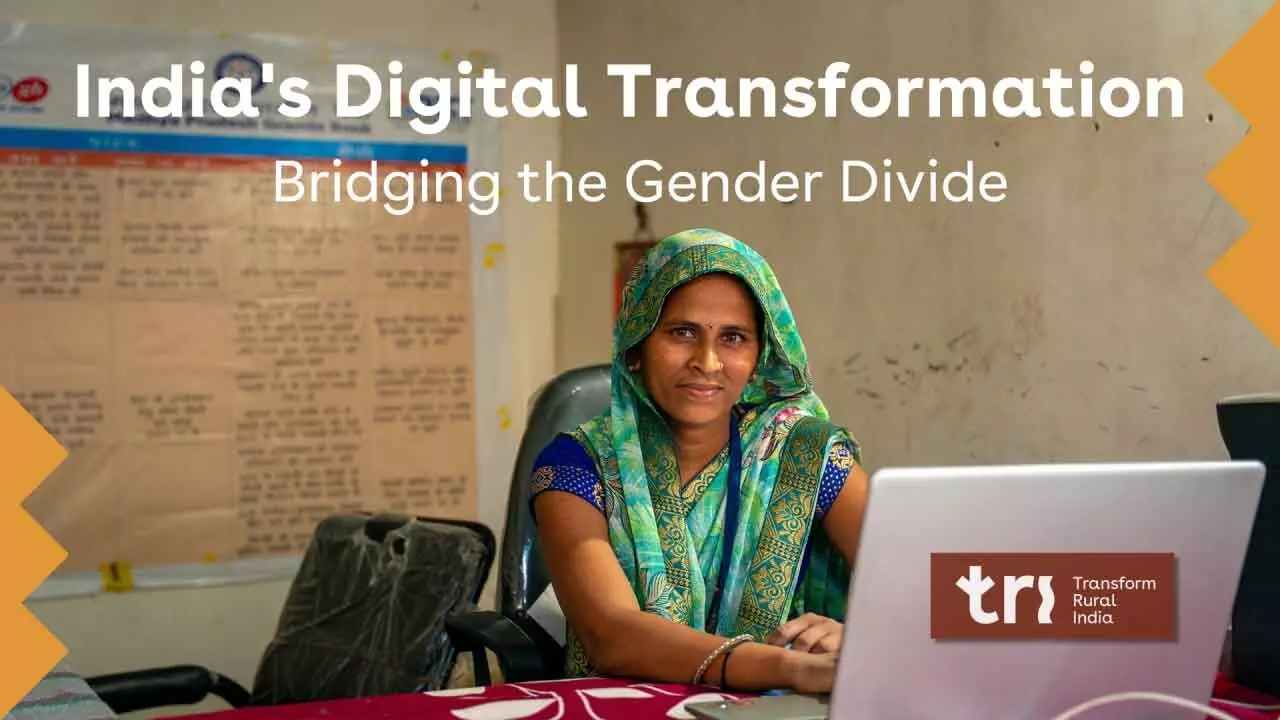Facilitating Digital Skills Imperative To Bridge The Gender Gap
High-performing organisations have structured leadership programs, people-first transformation strategies, and inclusive decision-making in place
Facilitating Digital Skills Imperative To Bridge The Gender Gap

In many parts of the world, women are less financially literate and, therefore, are more likely to be "unbanked", which means that they have no access to financial products like current accounts, savings, credit or investments.
Gender equality isn’t just an ethical obligation, it's critical to being a market leader. Companies with diverse leadership outperform their competitors by up to 25 per cent (McKinsey, 2024).
Yet, the reality is that outdated structures, disengaged teams, and leadership bottlenecks continue to limit growth. For businesses to lead in today’s market, they must acknowledge and tackle the systemic barriers that hinder women’s advancement.
The consequences of failing to take real action include: Women are leaving industries that lack equitable advancement opportunities. Disengaged employees will not drive business goals. Companies with diverse leadership consistently outperform those with less diversity.
In 2024, the gender gap in hours worked narrowed to 16.2 per cent but challenges remain, especially when it comes to equitable promotions (Ai Group, 2024). High-performing organisations have structured leadership programs, people-first transformation strategies, and inclusive decision-making in place. These are the companies that are shaping the future. Systemic change is the key.
The global workforce is evolving rapidly, with emerging technologies, shifting market demands, and a renewed emphasis on efficiency.
In a world striving for equality, empowering women with financial literacy is crucial to foster economic independence and gender parity. However, despite progress, a significant gap in financial literacy persists among women globally. Research by the Stanford Center on Longevity reveals that women tend to score lower than men when tested on financial literacy.
Perhaps unsurprisingly then, women are also less likely than men to own a bank account. While approximately 1.4 billion adults globally remain "unbanked", according to the OECD, these people are more likely to be "women, poorer, less educated and living in rural areas".
This financial confidence gap is a real concern, especially for women as they age. Unfortunately, many women reach retirement age without enough savings. This is partly due to career breaks for family reasons and being more likely to work in lower-paying jobs. Even in countries like the US, where women live almost six years longer than men on average and often leave the workforce earlier, many face more extended retirement periods.
Mastercard has already hit a five-year goal of getting 500 million unbanked people in 80 countries into the financial system. It is now working to do the same again by 2025. Mastercard is also dedicated to providing 50 million small merchants – including 25 million women entrepreneurs – with tailored business solutions that will help these companies grow.
The statistics surrounding women in research are quite stark. According to recent data, women make up only 33 per cent of the global research workforce. This disparity is not just a numbers game; it has profound implications for the quality and scope of scientific inquiry.
In the current business scenario, quickly closing the skills gap has become extremely important for organizations working to compete successfully. The need for learning is apparent with consistently evolving technology widening the gap between employees' skills and what is required for success.
In fact, 70 per cent of leaders admit that there's a skills gap within their workforce, while over one-third report that it directly affects their potential for innovation and growth. To prepare the company for an agile and future-centric model, it must implement proactive strategies to close this gap.
Demand for green jobs is soaring globally, particularly in sectors such as renewable energy, waste management, energy efficiency, and climate adaptation. The International Renewable Energy Agency (IREA) predicts that the global renewable energy sector will require a workforce of 38 million by 2030, more than triple the 12 million employed in 2020.
In India, the renewables sector currently employs 1.02 million people, with the potential to add 3.4 million new jobs by 2030 – but the current skills deficit could hinder India’s ability to meet its climate and clean energy commitments.
Looking specifically at the renewable energy sector, women make up an average of 32 per cent of the global workforce, but the proportion is significantly lower in India, at 11 per cent. This gap is even starker when we examine women involved in roles such as operations and commissioning: women make up only around one per cent of the workforce in operations and maintenance, and less than three per cent in construction and commissioning.
Women’s inclusion in green economy is essential for creating a just and sustainable transition. Diverse workforces are proven to foster innovation and drive better business outcomes. Women’s participation in the energy transition can bring new perspectives and solutions to the complex challenges of climate change.

